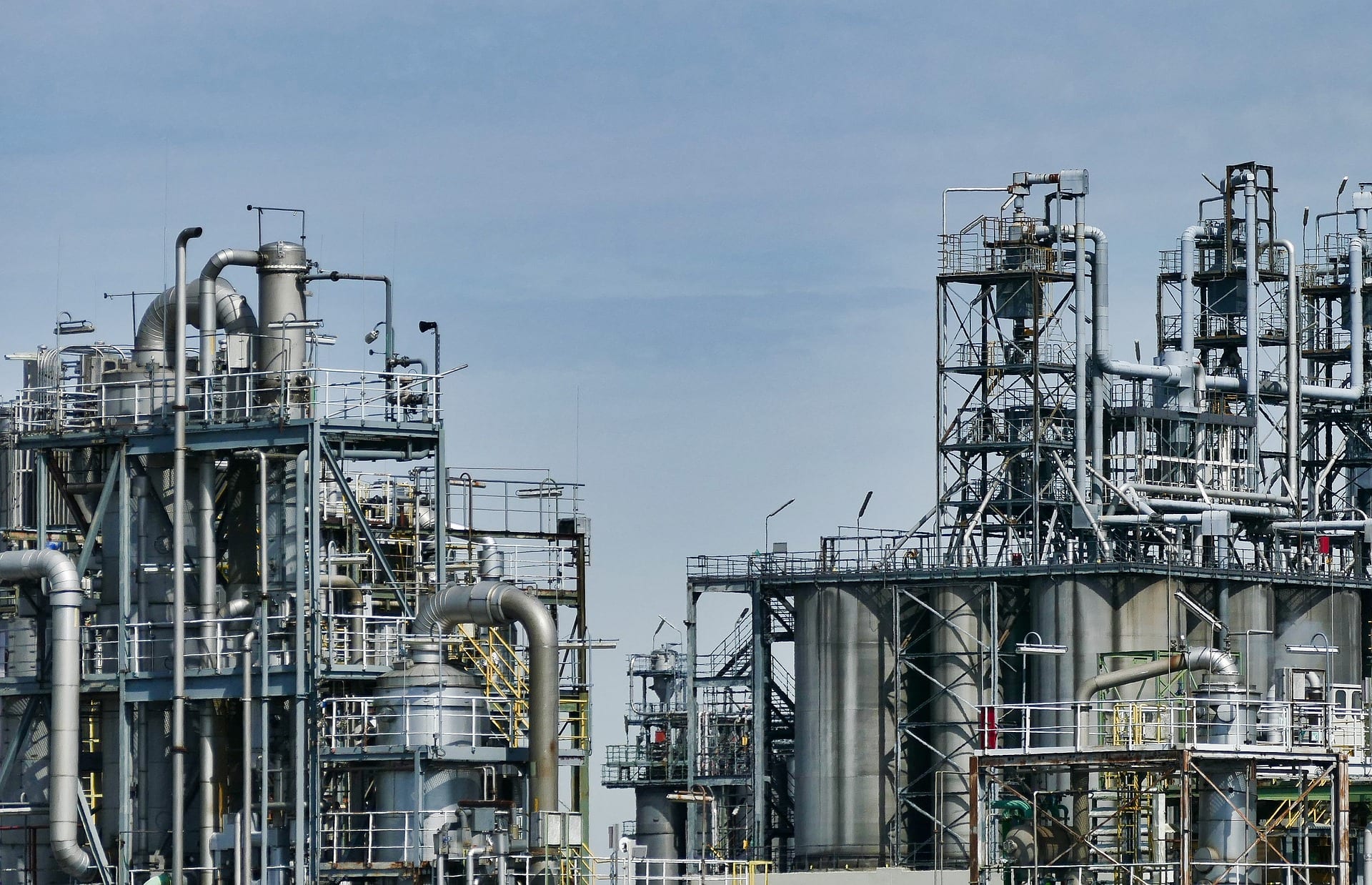
To ensure smooth flow and production in the oil and gas industry in the Midwest and across the country, it’s imperative that designers, engineers, and field operators are conscious of corrosion at every stage. Mid-West Instrument, a respected instrument manufacturer in Michigan, provides a closer look at some of the best ways to prevent corrosion.
Material Selection
Choosing the right material is the first step in preventing corrosion. Steel is a widely used metal in the oil and gas industry because of its formidable strength and resistance properties, but there are many other metals which also effectively resist corrosion. These include:
- Nickel
- Copper
- Titanium
- Chromium
Another popular material, fiberglass, is often used in the industry for water disposal, holding chemicals, and storing crude oil. Fiberglass is an excellent non-metal option for highly corrosive applications, along with certain plastics such as polyethylene and polyvinyl chloride.
Protective Coatings
Protective coatings, such as paint can be applied to the exterior of pipes and other metal components to prevent corrosion over an extended period of time. Similarly, additional layers of coating can be applied to the inside of pipelines and tanks to prevent internal corrosion. Of course, there are some metal materials, such as galvanized steel and stainless steel, that are rust-proof and do not require a protective coating. These materials might eventually show signs of oxidation and rust on their surface, but this light build-up is not strong enough to cause leak paths.
Using Inhibitors
Inhibitors are chemicals that protect the surface of metals used in oil and gas applications. Our oil and gas instrument supplier can demonstrate how these chemicals bind to the metal surface and therefore reduce the risk of corrosion or reacting with impurities in the environment. Corrosion inhibitors may:
- Restrict the rate of corrosion by blocking active sites on the metal surface
- Increase the chemical potential of metal to create a natural oxide film
- Contribute to the formation of a thin protective layer on the surface that stifles the corrosion process
Before committing to using an inhibitor, always consider toxicity, environmental impact, availability, and cost. Finding the right inhibitor for your application can be an expensive, time-consuming endeavor since many inhibitors are hard to get a hold of. Also, when selecting an inhibitor, choose organic compounds whenever possible, since they are less toxic and have been proven more effective than inorganic compounds.
Corrosion Monitoring and Inspection
Corrosion monitoring in the Midwest provides a direct measurement of corrosion rate and metal loss in an application. Effective inspection can be done by frequently measuring wall thickness and assessing corrosion rates in vulnerable areas. Monitoring the interior of pipes and tanks often requires the use of electronic probes to measure changes in electrical resistance. Additionally, there are multiple pigging operations, including magnetic flux and ultrasonic pigs, that travel along pipelines and detect internal corrosion.
Ask Mid-West Instrument about Preventing Corrosion in Oil and Gas Today
Corrosion is a dangerous threat that can cause serious damage to even the strongest equipment. Selecting the materials for your installation can prolong the life of your systems. Mid-West Instrument hosts an easy-to-use chemical compatibility database to assist you with selecting the right materials.

